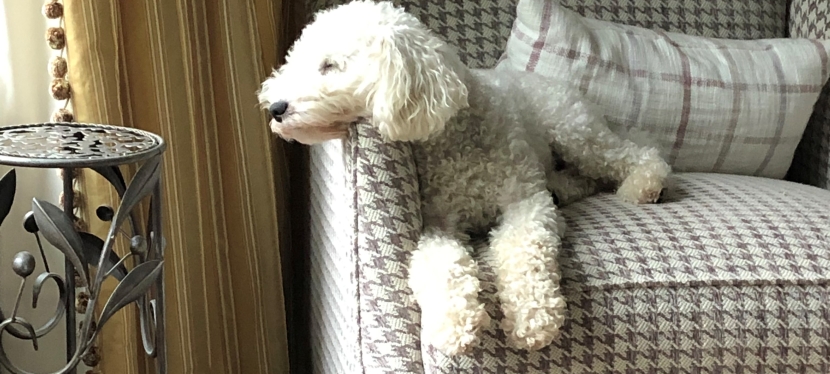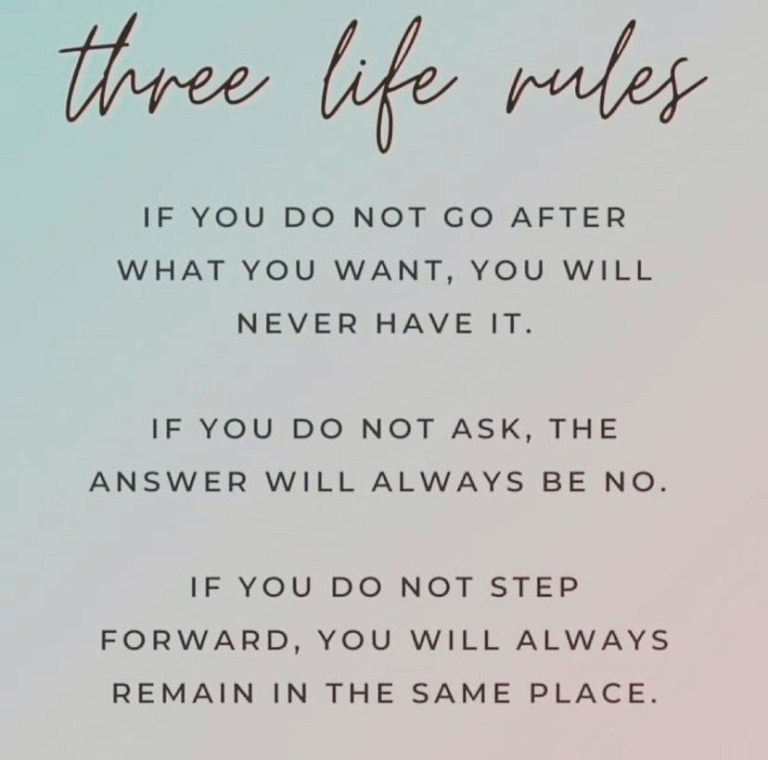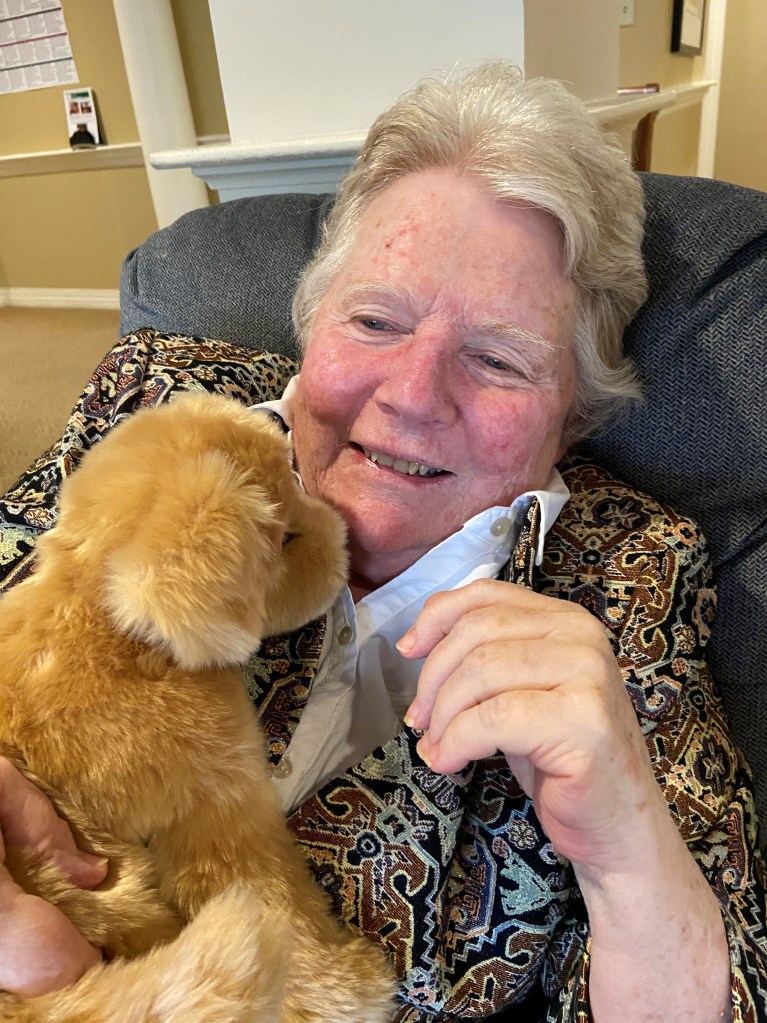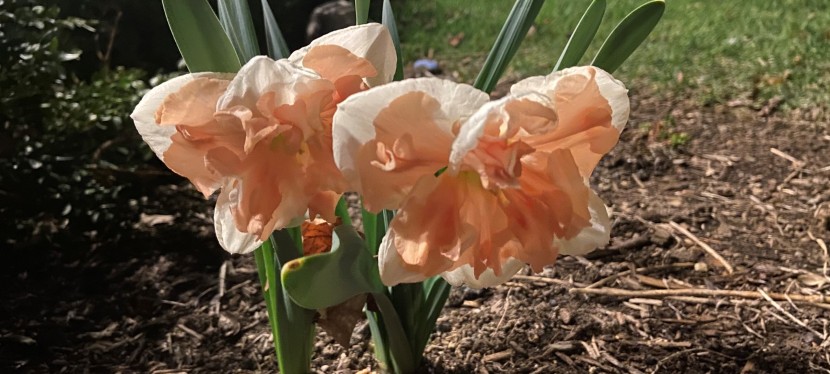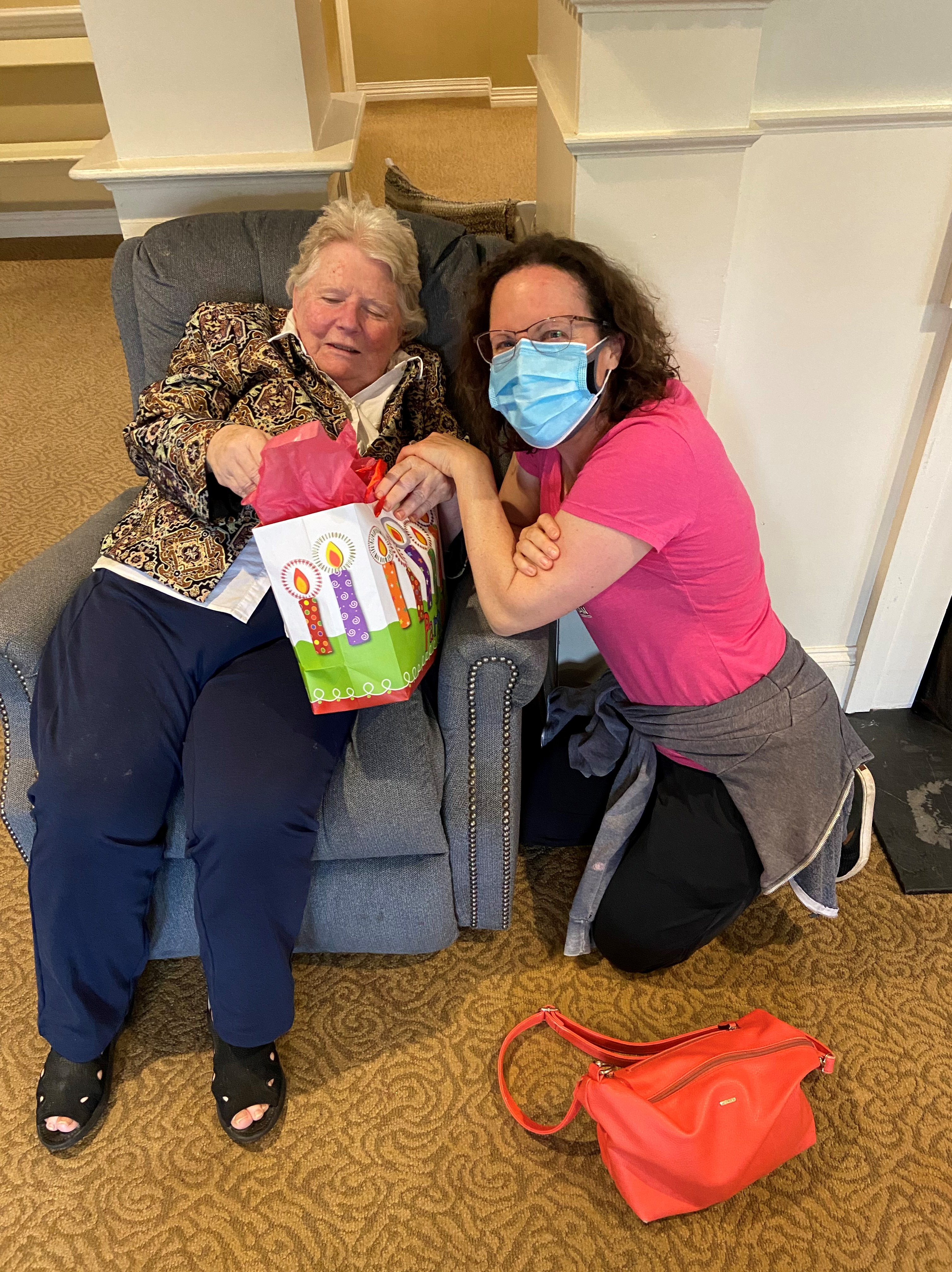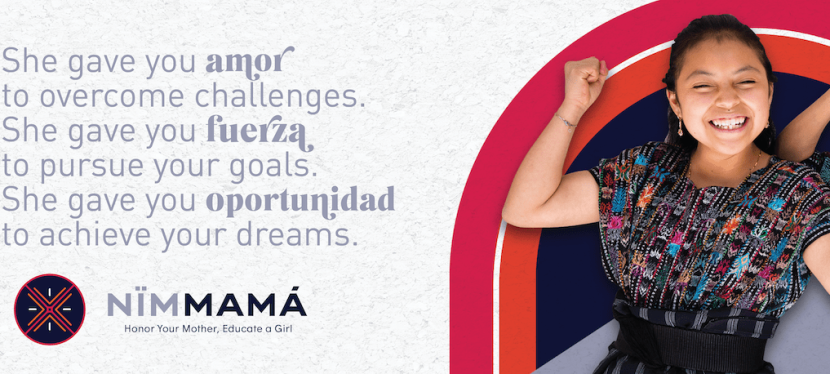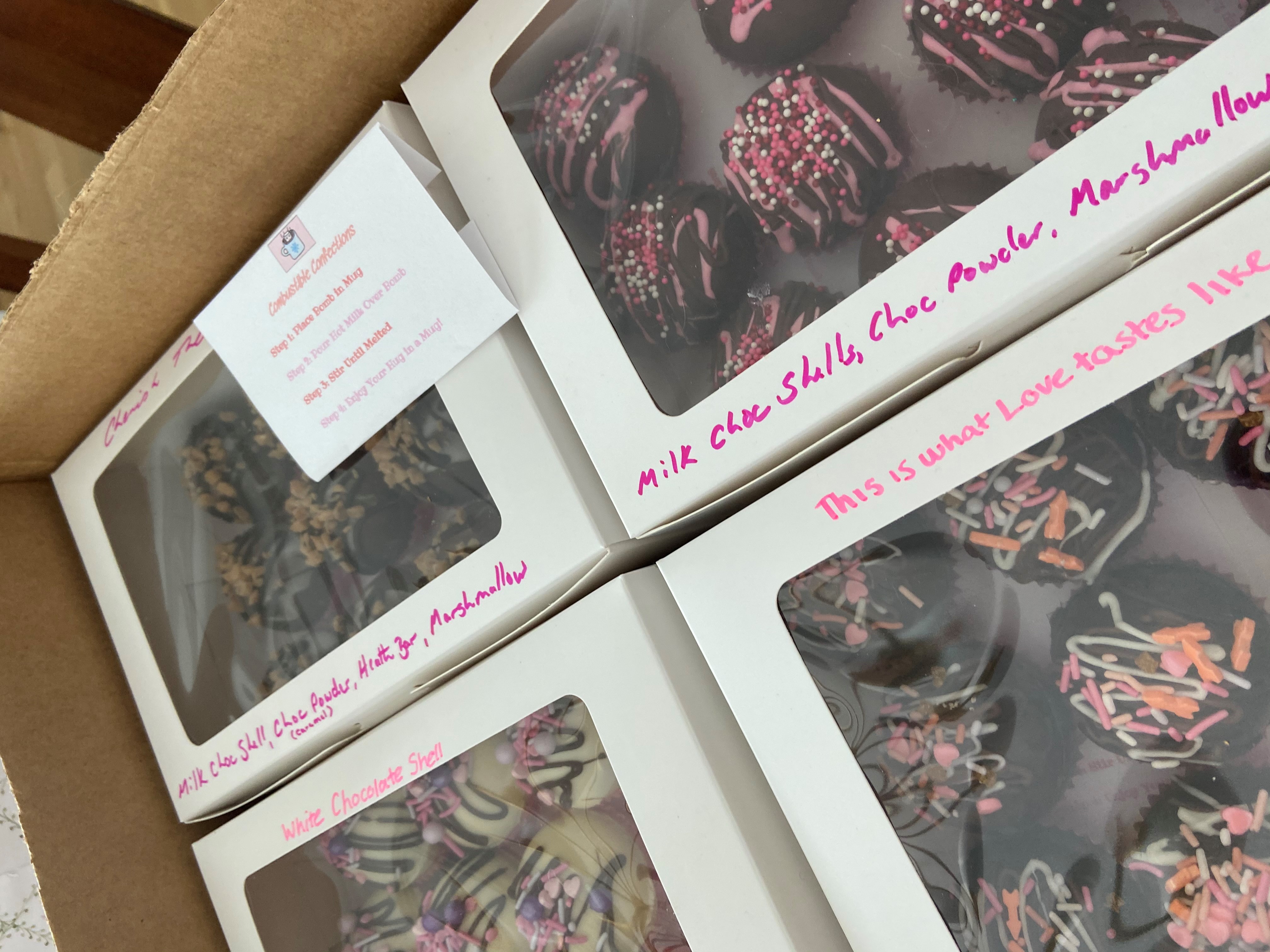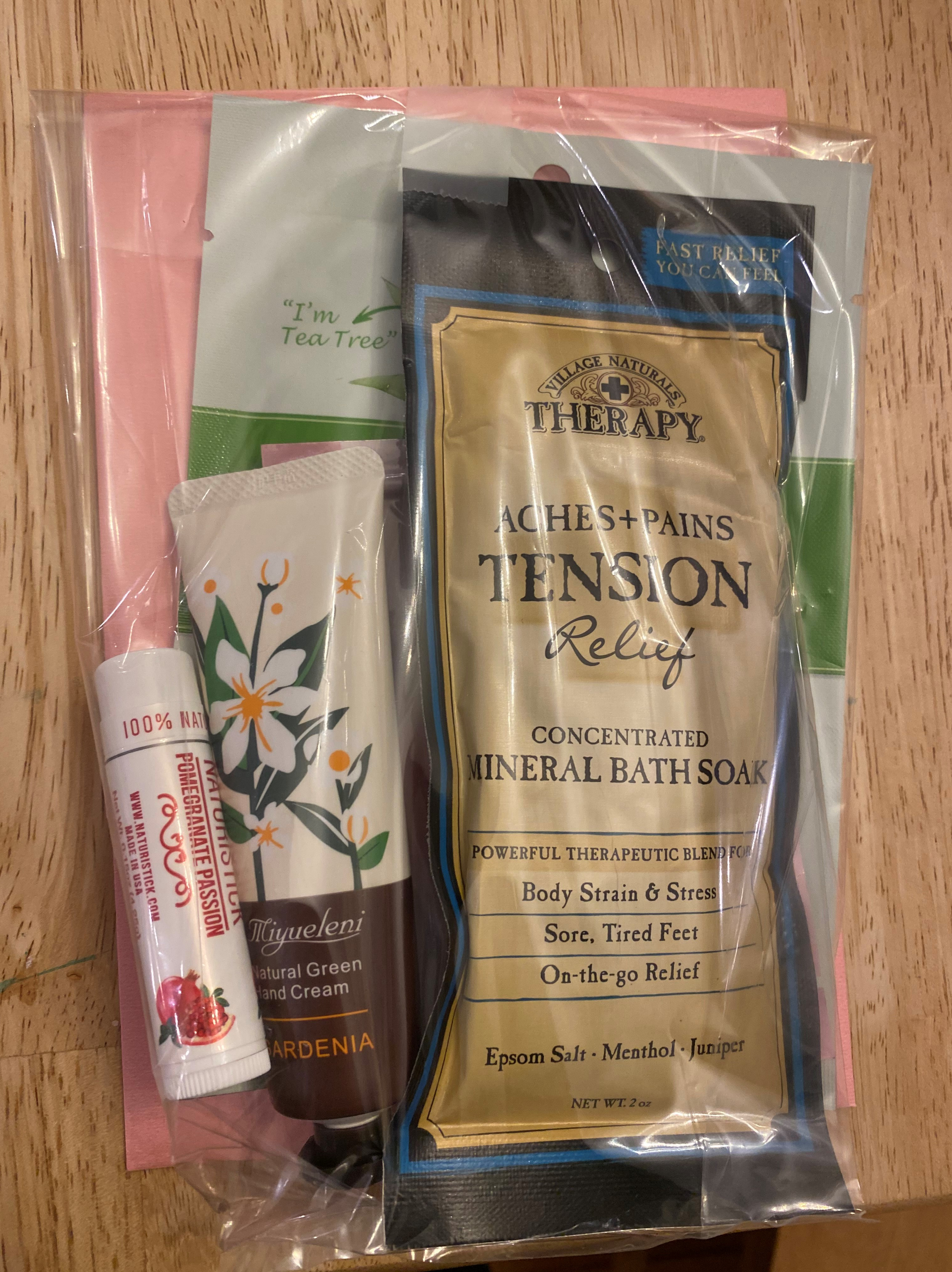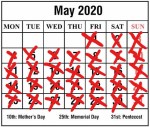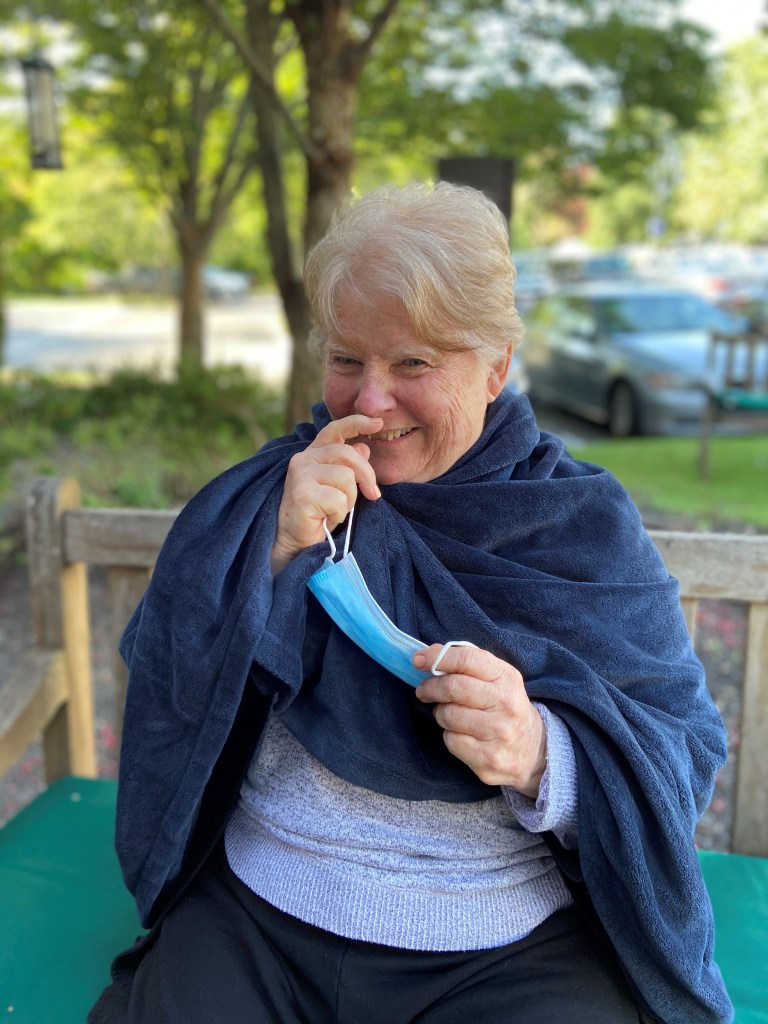As I mentioned in a prior post, I put a bunch of resources together in a Dementia & Caregiving Resources link on this site for anyone in a dementia-related caregiving role. Some I have used, others I just have come across in the last decade of being a caregiver to my mom.
When I started this journey I hardly knew where to turn. I needed a whole new vocabulary, and a pretty abrupt redirect from wiping baby bottoms, facing my own newly diagnosed auto-immune disease, and trying to get back into the workforce. For a long time – too long – I tried to juggle it all, not understanding that even when I wasn’t earning a paycheck I was still a “working mom.” But that’s another story.
The Dementia and Caregivers resources page is intended as a starting point for anyone in my 10-years-ago-self’s shoes, while acknowledging that it’s not comprehensive or vetted and that each person’s experience, needs, financial latitude, relationship to the dementia patient, etc. will be unique. I understand that in the early days/years after a dementia diagnosis there’s both a desire/need to create a plan and know what to expect toggled with intense overwhelm and grief. If you peak under too many stones too early what you see can be unimaginable and emotionally paralyzing. While I recognize that, hopefully readers can take what they need when they need it from these resources and reflections. It is very, very hard to face any of this.
For context on my own experience, I have had to learn not to try or to expect to be an expert in ALL things ALL the time. I simply don’t – and can’t possibly – know everything there is to know about caregiving for someone with dementia. Doctors tend to reel off medical terms and medications like I, too, have a medical degree. MMSE (Mini Mental State Exam) score? Namenda versus Aricept? ADLs (Activities of Daily Living)? What on EARTH are people talking about? I felt like I needed to know more than I did – for a time, that I SHOULD know more (the directive of the word “should!” rises again) so I did what I do, which is to carpet bomb with questions everyone and everything I could. I attended a caregiver’s course through the Alzheimer’s Association; I visited assisted living facilities to see what they were like, what they cost, how long the waitlists were; I talked to my mom’s doctors from neurology to primary care right on down to allergy and ENT, not to mention lawyers and health insurers, property insurers and banks. And, oh my gosh, Medicare and the Social Security Administration – God help us all. Those frequently left me in tears because damn if they don’t make an already difficult situation so much harder.
I used the Alzheimer’s Association helpline once very early on – it was free so no harm no foul. It was nice to be listened to, but without firm answers or a checklist my anxiety spiraled. They sent me reams of paper with lists of assisted living homes and god knows what else that just left me totally overwhelmed. As I recall it, there was no context to anything they sent about how to choose what would be a good fit for our family and budget, how to narrow the list down, questions to ask, when to even start thinking about this step. What I wanted was a guide, a timeline, and a checklist. Probably a good social worker could have provided a lot of that, but somehow we slipped through the cracks and were not assigned to one. Okay, I take that back, we were given a contact at my mom’s neurologist, but she never gave me the sense that she was really listening to me nor offered any actionable steps to address my concerns so it felt like we were not assigned to anyone. Plus it’s so incredibly hard to actually reach a human being at a doctor’s office. You can choose all the options you want when you dial in, but you are still going to end up in voicemail. And if the call is ever returned you are inevitably standing in the middle of the grocery store or holding a kid on the monkey bars at the playground when it comes. I gave up on her pretty quickly, and at the end of the day slogged through most of figuring out what comes next feeling pretty alone.
I should note before I go on that the definition of “senior,” “elder,” and “geriatric” get kinda squishy at this stage of the game. I mean, 55+ housing is often marketed as “senior” housing, which given my viewpoint of the calendar of life right now is pretty laughable. 55 isn’t old and so, therefore, perhaps maybe neither are seniors? I don’t really know anymore, but I do know that those terms can be triggering, no one wants to labeled any of them really, but apparently that’s where we are all headed and sooner than we might think. SO, as with most labels, don’t hold onto them too tightly.
At a certain point when my mom still lived 300 miles away, I worked with a couple different geriatric care managers (GCMs), which is a type of social worker specifically focused on elder care (and therefore typically familiar with all the dementias), a resource that I reference in the Dementia and Caregivers Resources link. I thought once I hired a GCM that I’d be able to kick back and reprise my role as a daughter while watching all the issues and decisions I was facing evaporate. Sadly, that was not the case. I still had to call all the shots, but now I was being billed an hourly rate every time I picked up the phone or sent an email discussing options. I mostly felt like a middleman but with really big bills. Maybe GCMs are kind of like travel agents. Do you need them in this day and age where everything is online? Not really. Can they be super helpful whittling down options, creating tasks lists, and making a plan tailored to your family and your needs out of the amorphous blob that is information overload? Definitely. At the stage where I hired my GCMs I had pretty much already planned the trip, so to speak, so didn’t feel like I was getting much value from them. In the early stages when I had no idea what to do and they were willing to listen as I slowly lost my own mind, they were incredibly helpful and I owe a debt of extreme gratitude to the GCM who took my calls in those early days and offered me a steadying hand and a sympathetic ear. Though the later stages were a miss for me, this is not the case for everyone. Some of the references I called before hiring a GCM said they absolutely could not have cared for their loved one without them.
Like I said, everyone’s needs and circumstances are different. Caring for people with cognitive issues is intensely difficult- it’s emotionally devastating, impacts all aspects of their lives and their family’s life, can go on seemingly forever with modest declines (or go super quick – and no one can predict what you are going to get or how it’s going to play out), there are no days off, and it’s extremely expensive. You grieve and live and care for them all at once, often for years on end. Hence, the support resources.
Lastly, if you are at all like me and caring for someone with dementia who is genetically linked to you, you might find that you can’t help but worry about what the future has in store for your own brain. It seems that the suggested course of action, since there isn’t really anything else yet, always comes back to a healthy diet, exercise, and socialization. The metrics of those recommendations are a little fuzzy, but generally what’s good for the body is good for the mind. Now the McCance Center at Mass General Hospital also has a Brain Care Score that offers a somewhat more personalized, science-driven approach to measuring and enhancing brain health.
Good luck. And don’t forget to breathe through it all. It does actually help.









